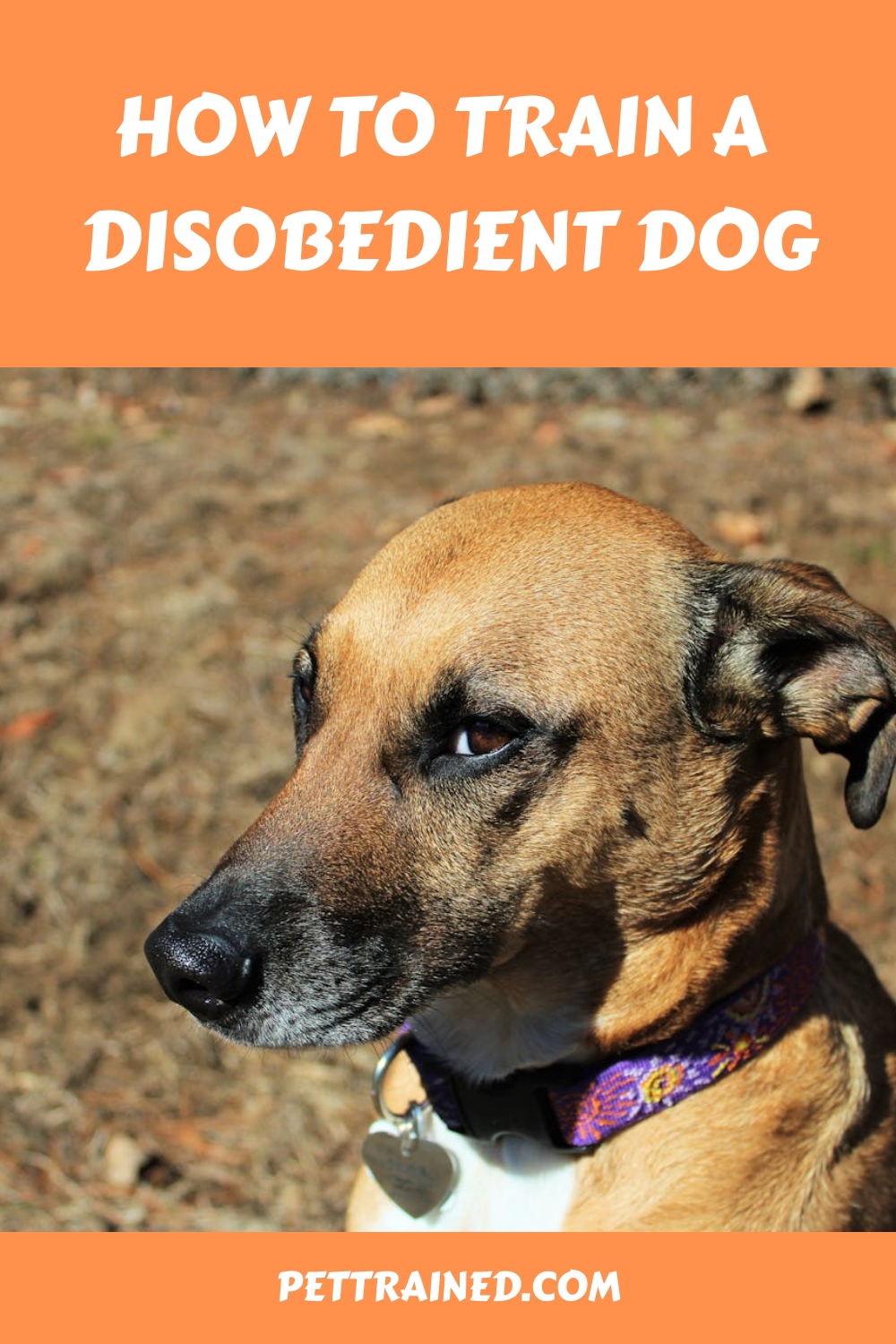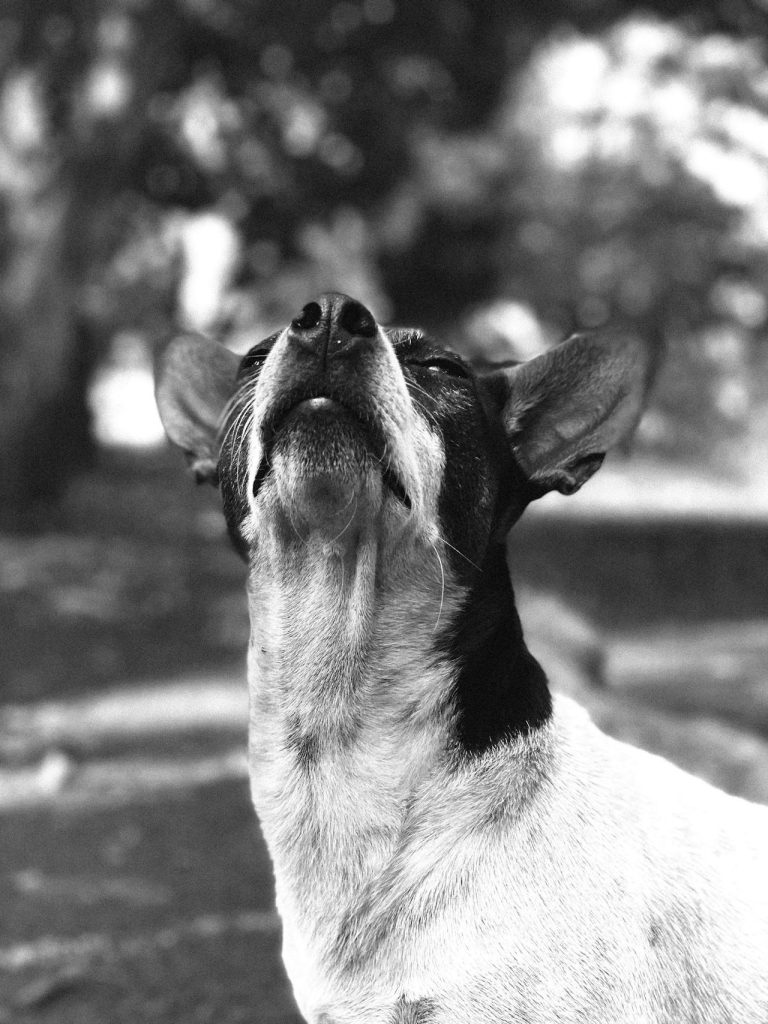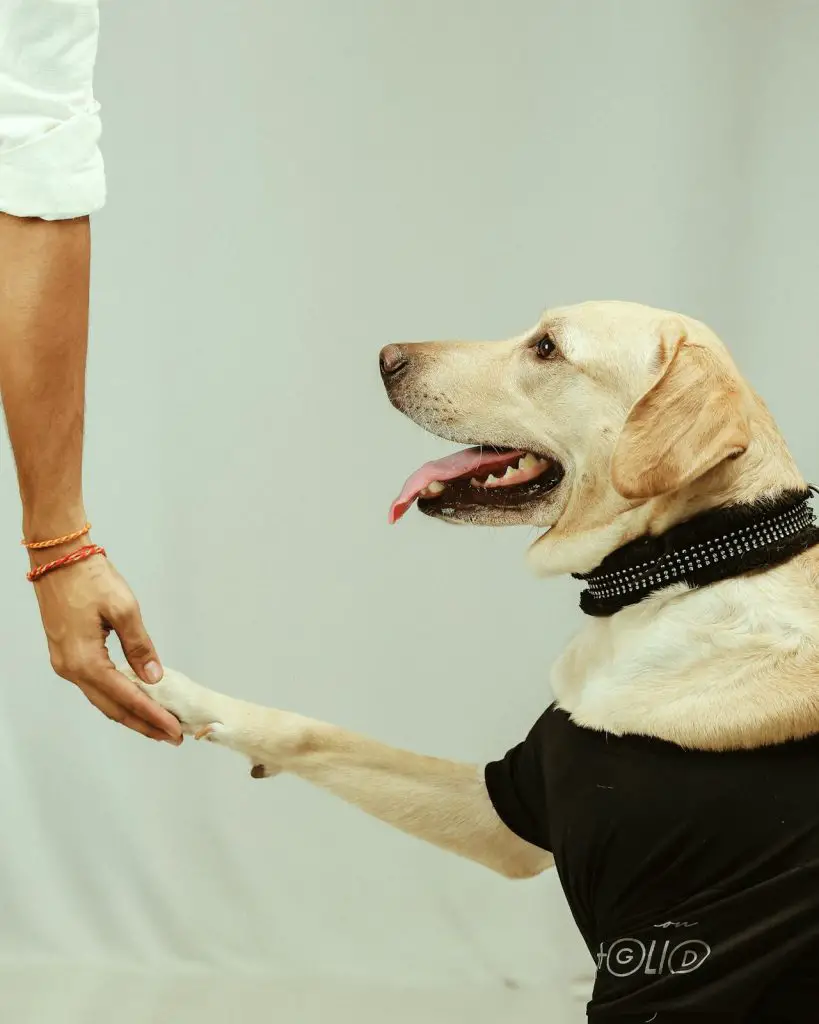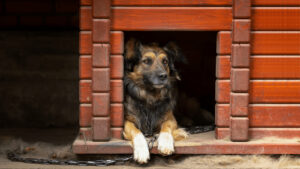
As you stand at the crossroads of frustration and desperation, asking yourself “what’s gotten into my dog?”, you’re not alone. Training a disobedient dog can be a challenging task, but it’s not impossible. You’ve probably tried scolding, punishing, or even bribing your furry friend, but to no avail. It’s time to shift gears and explore a new approach. By understanding your dog’s behavior patterns and establishing clear training goals, you can break free from the cycle of disobedience. But, where do you start, and what’s the most effective way to transform your dog’s behavior? How do I train a disobedient dog?
Table of Contents
Key Takeaways
- Understand canine behavior and psychology to inform training methods and identify underlying drives influencing disobedience.
- Establish clear training goals and targets, breaking down complex behaviors into manageable tasks and setting measurable objectives.
- Use positive reinforcement techniques, such as clicker training and immediate rewards, to encourage desired behaviors and discourage undesired ones.
- Maintain consistency in commands and training, using clear and firm communication and ensuring all trainers use the same methods.
- Set boundaries and leadership by establishing clear authority, consistently enforcing boundaries, and controlling the environment to minimize distractions.
Understand Canine Behavior Patterns
To effectively train a disobedient dog, you must first grasp the underlying drives that shape its behavior. Understanding canine communication is key to revealing your dog’s behavior, including verbal and non-verbal cues.
You need to identify the behavioral triggers that set off undesirable actions in your dog. Knowing your dog’s breed tendencies can also help you anticipate potential problem areas.
Boredom and natural instincts can lead to escape motivations that manifest as disobedience, so addressing these root causes is fundamental.
Your dog’s instinctual drives, such as the need to chase or herd, also play a significant role in shaping its behavior. Environmental influences, like other pets or children, can impact your dog’s stress responses, leading to disobedience.
This post contains affiliate links. However all the information provided on this site are my own honest opinions. See more in Disclaimer.
By recognizing these factors, you can employ socialization techniques to help your dog adapt to different situations. It’s important to evaluate your dog’s emotional needs and learning style when developing a training plan.
Consistency in training is essential, as it helps to build trust and reinforce positive behaviors.
By understanding what drives your dog’s behavior, you can tailor your approach to meet its unique needs, ensuring effective and long-lasting results.
Establish Clear Training Goals

To establish clear training goals, you’ll need to define your training objectives clearly and specifically. This involves identifying what behaviors you want your dog to exhibit and what behaviors you want to eliminate.
Consider focusing on consistency in routines to reduce anxiety and promote calmness in your dog. Establishing a daily schedule for training, feeding, and exercise can greatly improve your dog’s behavior.
Define Training Objectives Clearly

Defining clear training objectives is the foundation upon which all successful dog training is built, and with it, you’ll be well on your way to transforming your disobedient dog into a well-behaved companion.
To establish clear objectives, you need to understand your dog’s behavior, identify the problems, and determine the desired outcomes.
This requires a basic understanding of dog psychology, including learning theory, motivation, and behavioral development.
You’ll also need to familiarize yourself with various training methods, such as positive reinforcement, clicker training, and operant conditioning.
As you define your objectives, consider what behaviors you want to change or improve, such as reducing barking, eliminating destructive chewing, or improving obedience. Be specific and prioritize the most critical issues.
Your objectives should be measurable, achievable, and relevant to your dog’s needs. By setting clear objectives, you’ll create a roadmap for your training program, ensuring you stay focused and motivated.
With clear objectives, you’ll also be able to evaluate progress, make adjustments, and celebrate successes along the way.
By understanding your dog’s needs and establishing clear objectives, you’ll set the stage for effective training and a stronger bond with your dog.
Set Achievable Training Targets

Establishing clear training goals is a crucial milestone in transforming your disobedient dog into a well-behaved companion.
You’ll need to set achievable training targets that align with your dog’s individual needs and abilities. To do this, you must have realistic expectations about what your dog can accomplish in a given timeframe.
Setting overly ambitious goals can lead to frustration and disappointment for both you and your dog.
Instead, focus on making incremental progress by breaking down complex behaviors into smaller, manageable tasks. This approach allows you to track your dog’s progress and make adjustments to your training strategy as needed.
By setting specific, achievable goals, you’ll be able to reinforce desired behaviors and discourage undesired ones. As you work towards your training targets, remember to be patient and flexible.
Your dog will learn at their own pace, and it’s crucial to celebrate small victories along the way.
Use Positive Reinforcement Techniques
With a foundation of trust and clear communication in place, you’re poised to tackle your dog’s disobedience by leveraging the power of positive reinforcement techniques.
This approach focuses on rewarding desired behaviors, rather than punishing undesired ones. By associating good behavior with a positive outcome, you’ll encourage your dog to repeat the action.
Clicker training is a popular method of positive reinforcement, where a distinct sound is used to mark the exact moment your dog performs the desired behavior, allowing for precise reward timing.
It’s significant to mention that immediate rewards are vital for reinforcing desired behavior, and you should gradually phase out treats in favor of praise and affection as training progresses.
To implement positive reinforcement effectively, it’s critical to be consistent and timely with rewards. As soon as your dog performs the desired action, provide a treat or praise them.
This immediate feedback helps your dog understand what behavior is being rewarded.
By controlling the timing and frequency of rewards, you can shape your dog’s behavior and reinforce good habits.
Remember, positive reinforcement isn’t a one-time fix, but an ongoing process that requires patience, persistence, and clear communication.
With time and consistency, you can develop a strong, obedient relationship with your dog. By focusing on positive reinforcement, you’ll be well on your way to addressing disobedience and fostering a more harmonious relationship.
Practice Consistent Commands

You’ll make significant progress in training your disobedient dog by practicing consistent commands, which involves using positive reinforcement to encourage good behavior.
Trending in Dogs:
Clear commands and routine help avoid confusion, making the training process more effective.
Maintaining short, frequent training sessions can help keep your dog engaged and focused on learning.
To establish clear authority, you need to communicate effectively with your dog, setting boundaries firmly and consistently.
Use Positive Reinforcement

Training a disobedient dog requires a shift in approach, focusing on what your dog is doing right rather than what’s going wrong.
You’ll achieve this by using positive reinforcement, a training method that encourages good behavior through rewards.
Clicker training is an effective technique, where you use a clicker to mark the exact moment your dog performs the desired action, followed by treat rewards.
This praise timing is essential, as it associates the behavior with the reward.
Through repetition and consistency, you’ll be shaping your dog’s behavior. Structure your training sessions to focus on specific actions, using motivation techniques like treats and praise to keep your dog engaged.
Establish a reinforcement schedule, so your dog knows what to expect. Consistency is key; make sure everyone involved in training uses the same commands and rewards. By doing so, you’ll see steady progress.
Training a disobedient dog requires patience, so don’t get discouraged by setbacks. Stick to your approach, and you’ll be on track to developing a well-behaved dog.
Establish Clear Authority
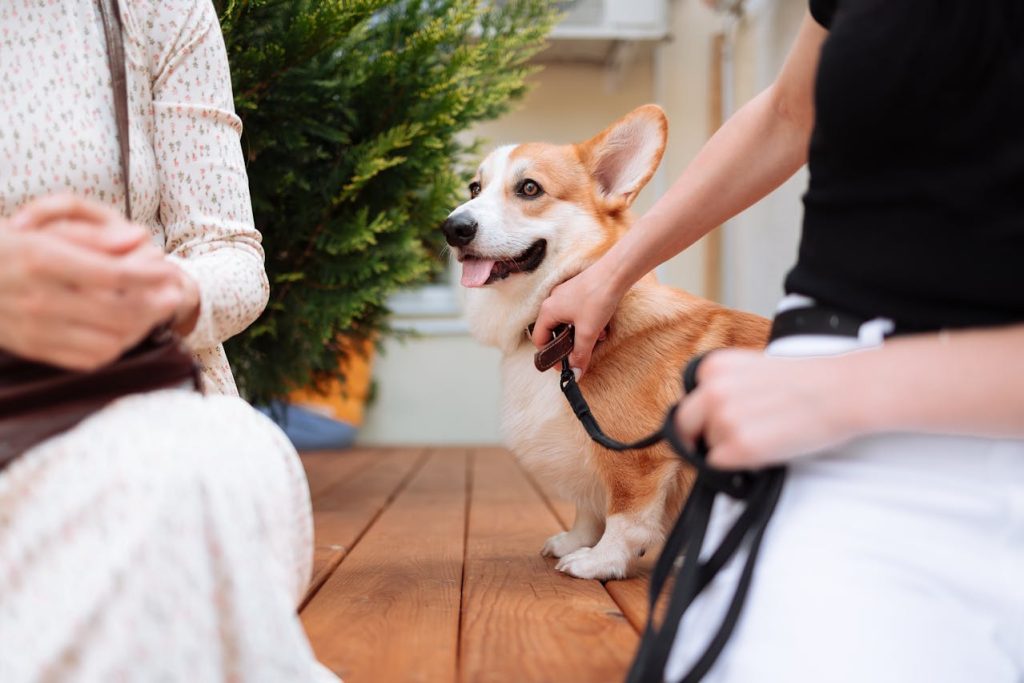
Establishing clear authority is the next step in training a disobedient dog. You’ll need to establish a leadership style that works for you and your dog, and that doesn’t rely on outdated dominance theory.
Instead, focus on using positive, consistent training methods that help your dog understand what behavior is expected of them.
To communicate effectively with your dog, use clear and consistent communication signals, such as verbal commands and hand signals.
This will help your dog understand what you want them to do, and they’ll be more likely to respond correctly.
Behavior modification is also key, as you work to replace problem behaviors with more desirable ones.
Incorporate obedience exercises into your daily routine, using reinforcement schedules that reward good behavior.
You should also prioritize socialization techniques, such as exposure to new people, places, and experiences, to help your dog become a confident and well-adjusted companion.
Set Boundaries Firmly

With clear authority in place, setting boundaries firmly is vital for teaching your dog what’s and isn’t acceptable behavior.
Dog discipline relies heavily on boundary significance, which establishes what your dog can and can’t do. You set the tone for a well-behaved dog by consistently enforcing these boundaries.
Consistency in training is key to helping your dog understand behavior expectations and respect your authority.
Clear communication is important for effective boundary setting. Use a firm but calm tone when giving commands, and make certain you’re specific about what you want your dog to do or avoid.
Avoid using complex sentences or long phrases, as they can confuse your dog. Establishing a training environment free from distractions helps your dog focus on you and learn faster.
Manage Distractions and Interruptions

Many dog owners struggle to keep their pets focused during training sessions, especially when distractions and interruptions occur.
To overcome this, you need to implement effective distraction management and interruption techniques.
Focus exercises and attention training can help your dog develop impulse control and ignore environmental cues that might disrupt training.
| Training Environments | Distraction Type |
|---|---|
| Quiet rooms or areas | Noise exposure (other dogs barking, loud noises) |
| Parks or outdoor spaces | Social distractions (other dogs, people, children) |
| Home environments | Household distractions (family members, TV, phone notifications) |
To manage distractions, use reward timing to reinforce desired behaviors when your dog remains focused despite interruptions. Start by exposing your dog to low-level distractions and gradually increase the intensity.
Consistency and patience are key when teaching your dog to maintain attention amidst distractions.
By incorporating these strategies into your training routine, you’ll help your dog develop the impulse control needed to overcome distractions and interruptions, leading to more productive training sessions and a stronger bond between you and your pet.
Set Boundaries and Be Firm
Your dog’s training success hinges on your ability to set clear boundaries and maintain a firm but gentle tone. To achieve this, you’ll need to establish leadership skills and consistently enforce discipline techniques.
Identify your dog’s behavioral triggers and develop strategies to manage them. Start by implementing obedience exercises that reinforce boundary setting, such as “sit,” “stay,” and “leave it.”
Guarantee command clarity by using a firm, gentle voice and maintaining eye contact.
Positive reinforcement techniques, including treats and praise, can be effective in encouraging good behavior and promoting calmness during training sessions.
Environment control is vital; remove distractions and minimize interruptions during training sessions. Consistency is key; establish a routine and stick to it.
Boundary reinforcement requires patience and persistence, so be prepared to invest time and effort into your dog’s training.
By setting clear boundaries and being firm, you’ll help your dog understand what’s expected of them, reducing anxiety and stress.
Reward Good Behavior Progress
As you work to train your disobedient dog, it’s essential to acknowledge and reward good behavior progress, no matter how small.
Rewarding good behavior encourages your dog to continue making progress, and ignoring small successes can hinder training.
Choose the right treats for the job; treat selection is important. Opt for low-calorie, nutrient-rich options to avoid overfeeding, and pick treats that motivate your dog.
Some dogs are highly motivated by tasty treats, while others are more interested in praise or play.
Positive reinforcement strengthens the bond between you and your dog, making training more enjoyable for both of you. Breaking tasks into smaller steps can facilitate learning and help manage frustration during the training process.
Timing is also essential; reward your dog the instant they exhibit desired behavior. This immediate association helps them understand what behavior you want to see more of. Pay attention to your reward timing to maximize its impact.
As you reward your dog’s good behavior progress, remember that consistency and patience are key.
Make sure everyone involved in your dog’s training is on the same page regarding treats and rewards, and commit to seeing your training program through to its successful conclusion.
With persistence, consistency, and the right rewards, you can guide your dog toward a lifetime of positive behavior.
Frequent Questions and Answers

You’ll see progress in training a disobedient dog within weeks, but the training duration varies depending on consistency importance, your dog’s breed, and individual temperament; consistent effort is key to achieving desired results effectively.
You picture yourself as a confident dog trainer, but can you really train your dog without professional help? With positive reinforcement and training consistency, you can shape your dog’s behavior and strengthen your bond, yes, you can.
You’re considering shock collars for training, but their effectiveness is debated. Instead, you can try shock collar alternatives that focus on positive reinforcement, such as reward-based training, which can be more effective and humane.
Carefully crafted consistency is key when training older dogs. You can still teach them to obey commands using positive reinforcement and patient training techniques, as age doesn’t necessarily affect their ability to learn and adapt.
You’ll need to evaluate your dog’s medical considerations when training, making training adjustments as needed to avoid exacerbating the condition. Consult with your vet to determine the best approach for your dog’s specific needs
Did you know 84% of older dogs can learn new tricks? You can effectively train older dogs using appropriate techniques. While they may have ingrained behavioral issues, patience and consistency will yield results. Tailor your approach to their age and temperament.
You’ll find success with a variety of treat types, from small, soft morsels to crunchy kibble. The key is reward timing – offer treats immediately after desired behavior. Choose high-value treats for challenging tasks and lower-value for easier ones.
You’ll find that consistent training frequency is key. Aim for 2-3 short sessions daily, each lasting 5-10 minutes. Integrate these into your dog’s daily routines. Remember, quality trumps quantity, so keep sessions focused and engaging for best results.
Yes, certain breeds can be more challenging to train due to their inherent characteristics. Trainability factors like intelligence, independence, and energy levels vary among breeds. You’ll find some dogs naturally more responsive to commands, while others require more patience and persistence.
You’ll find that training timelines vary based on your dog’s temperament and the behavior modification techniques used. It typically takes 4-6 weeks to see significant improvements, but consistency is key. You’ll need patience and dedication throughout the process.
